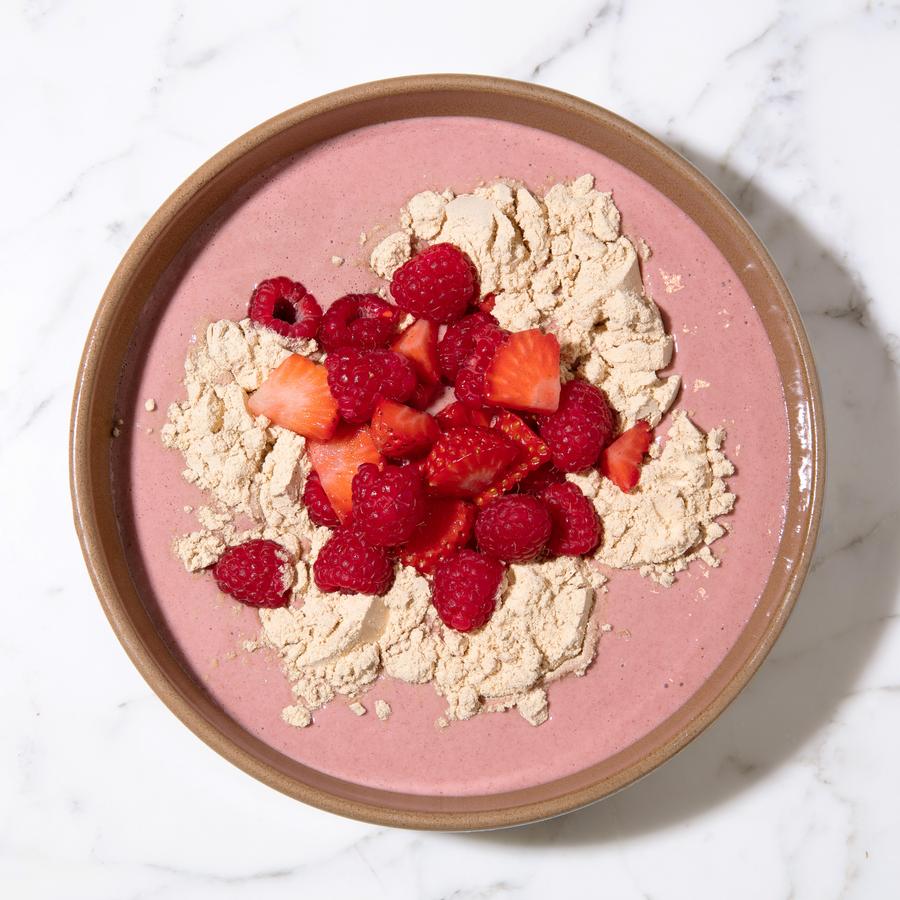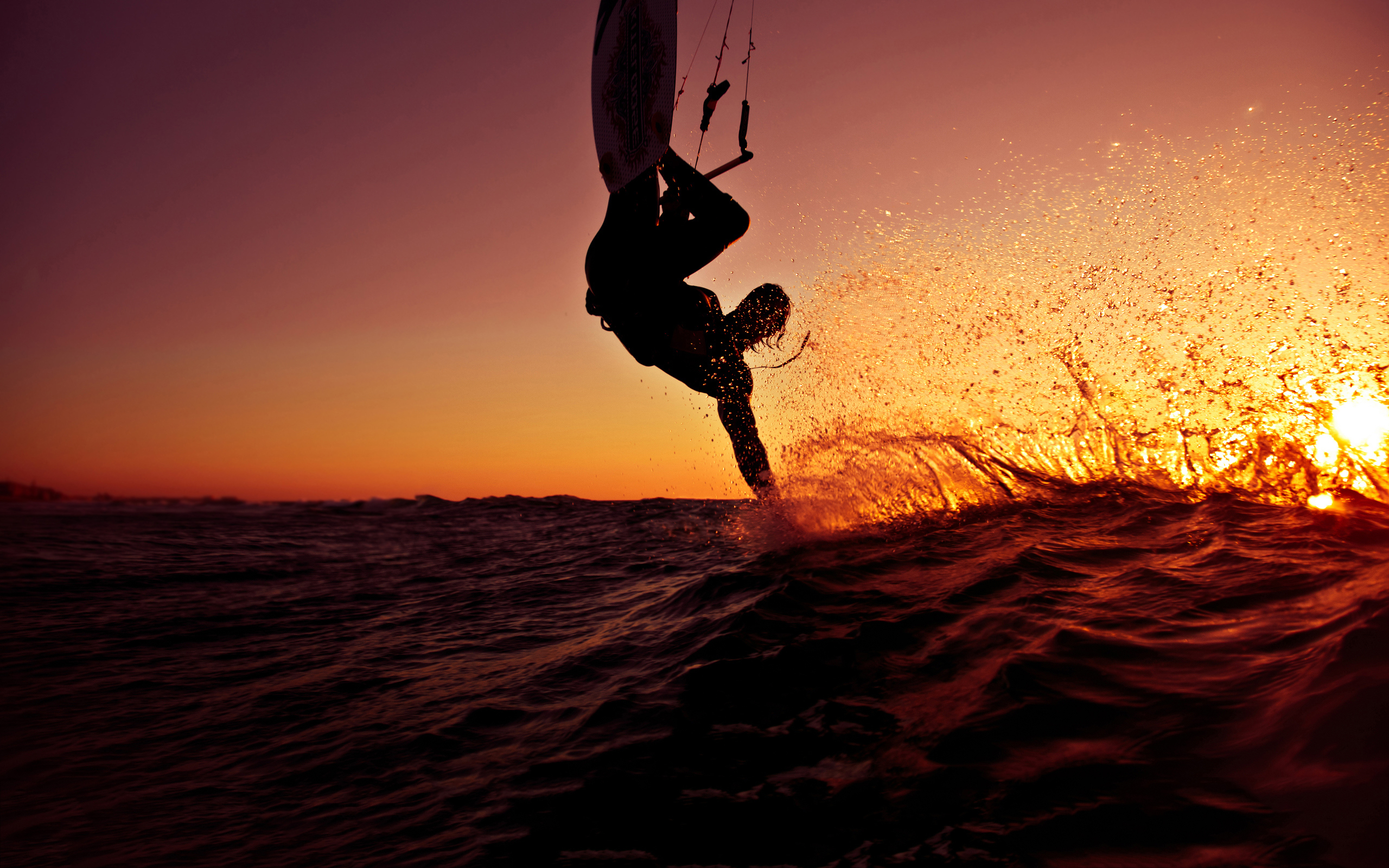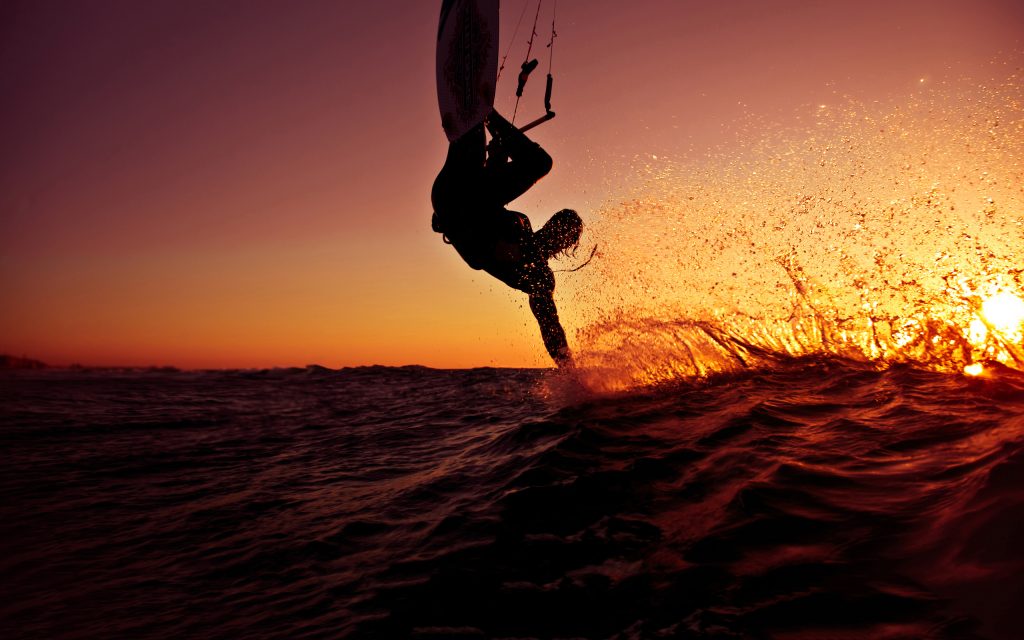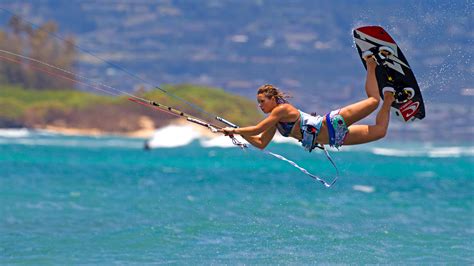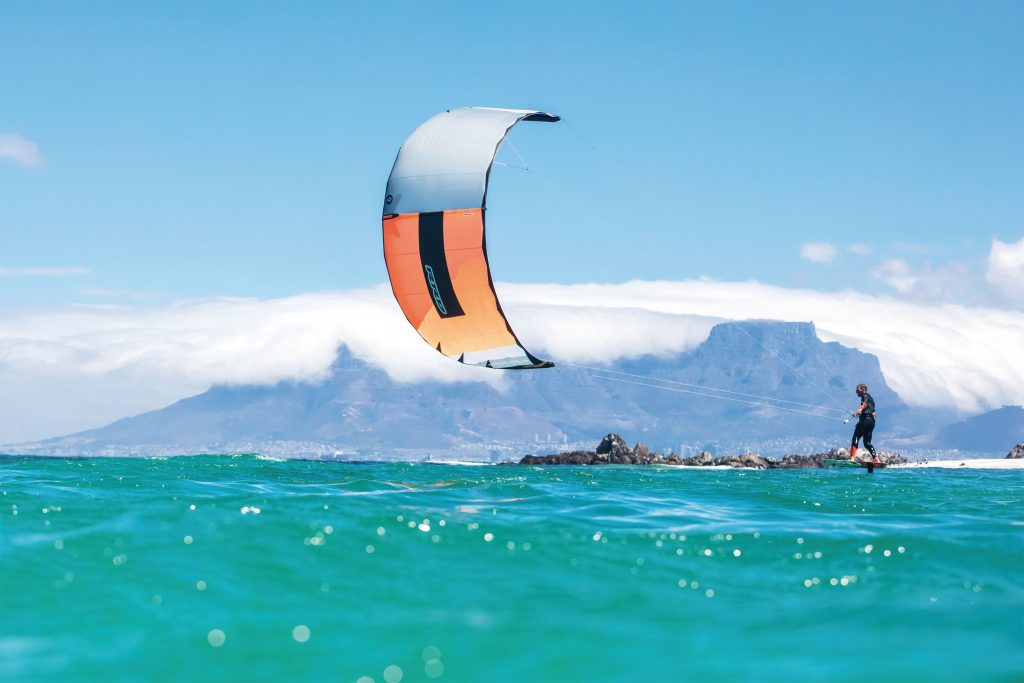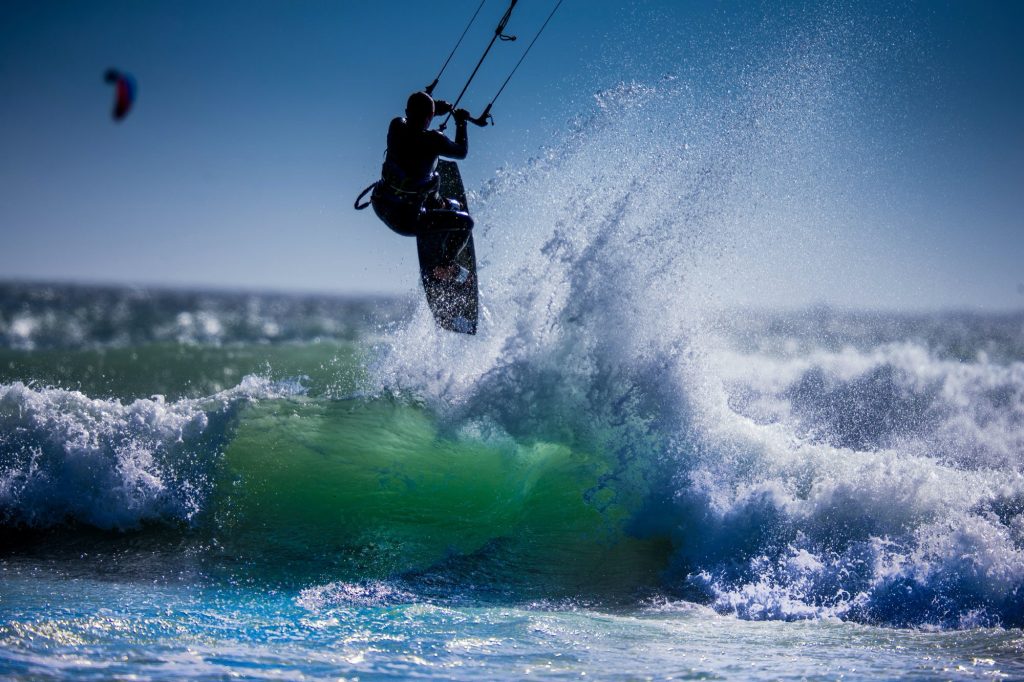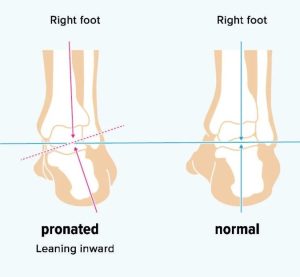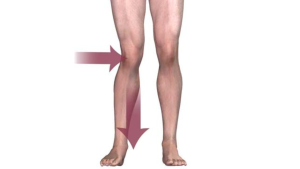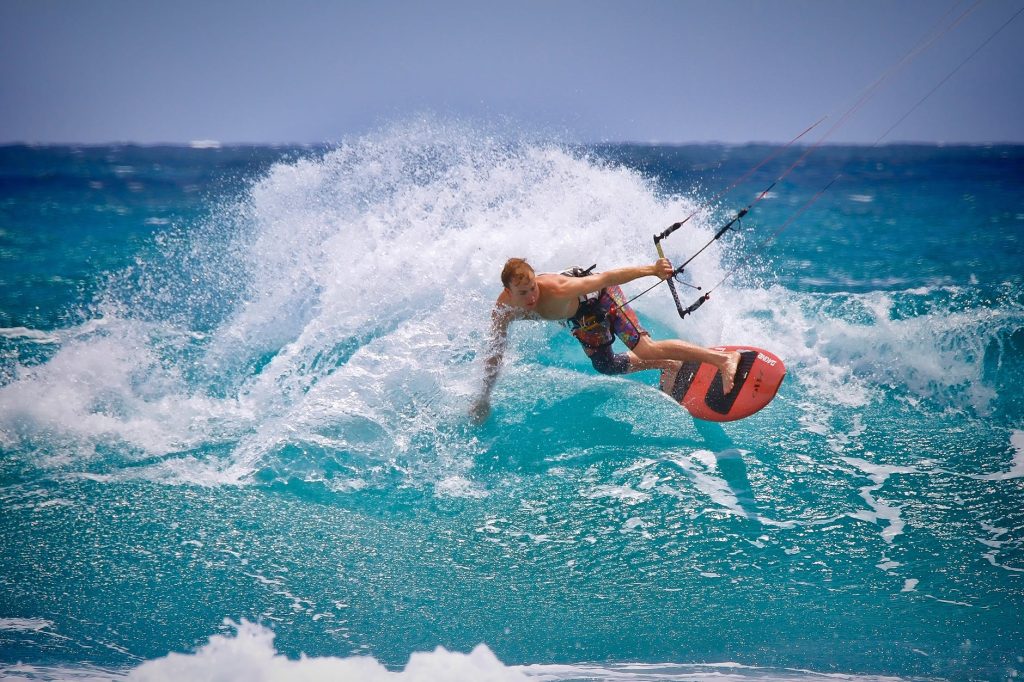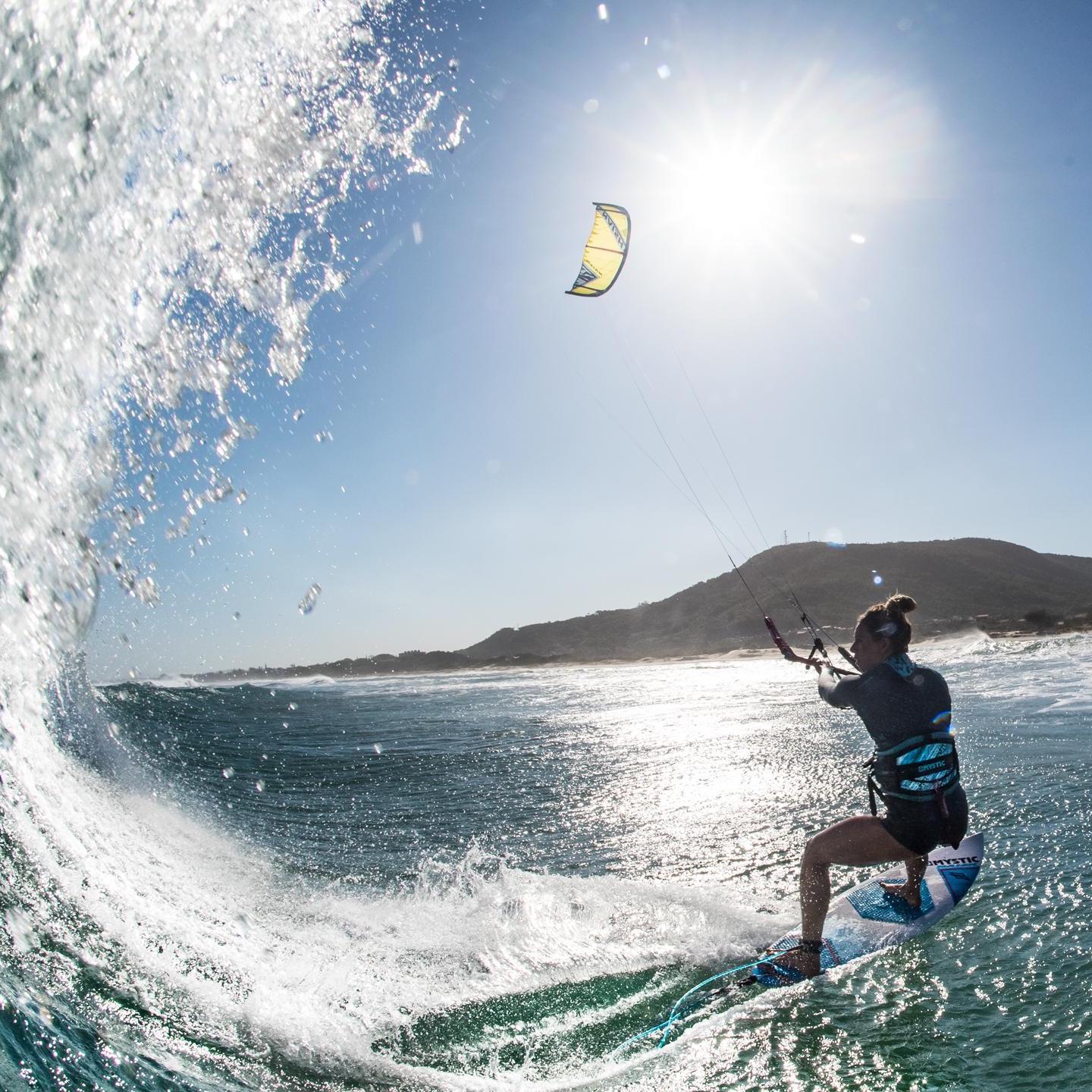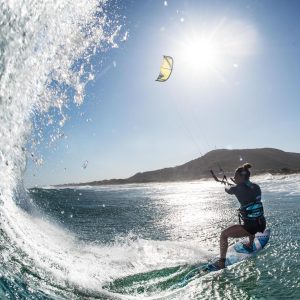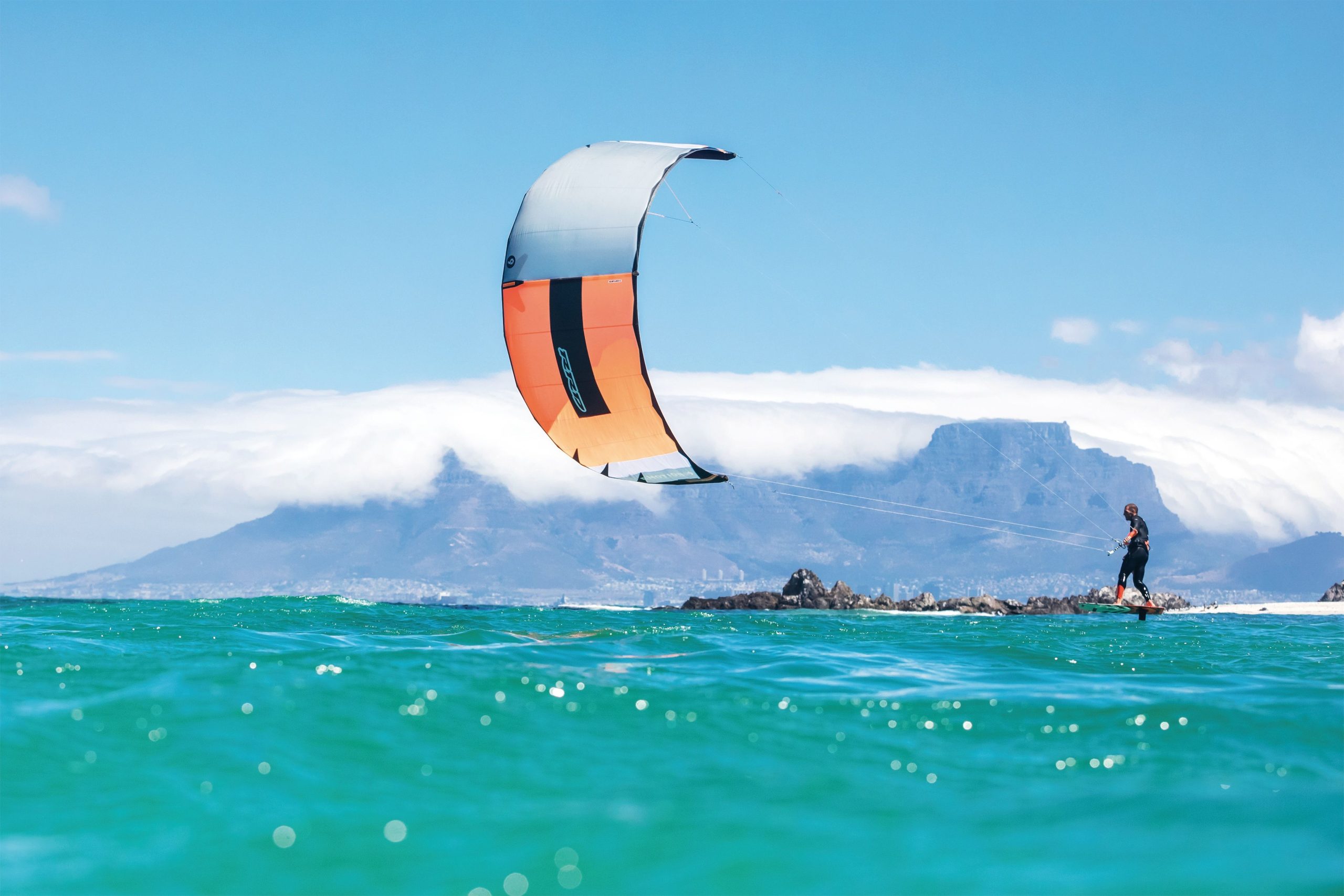
Balance in kiting plays a crucial yet often overlooked role. Whether it’s boosting on a twin-tip or slashing a wave strapless, the ability to correctly balance the body is absolutely crucial to our performance and is often something most people ignore in their training, mainly as they have no idea how to improve it.
The Science of Balance:
Balance is about the intricate coordination of muscle strength and joint alignment, involving the entire body. However, there is one part of the body which is more important than all others when it comes to balance…
the foot.
As the base of our entire body, it forms the foundation upon which all our balance relies. If we go even deeper, then there is one part of the foot which is generally more important still…
The Role of Big Toe in Athletic Performance
Recent research highlighted by ForeverFitScience emphasises the big toe’s strength and flexibility in enhancing athletic performance. It suggests that training the big toe is an underutilised method for performance enhancement.
Toe Muscular Strength in Athletes
A study on PubMed involving seventeen collegiate American-football players found significant correlations between toe-pushing force and the ability to change direction, indicating the big toe’s critical role in agility.
The Big Toe – A Pillar of Stability:
The big toe is foundational to our body’s equilibrium, especially in precision-required kiting.
The problem is that most people’s big toes are terminally weak.
Try this simple experiment…
Stand on your tip-toes and hold it for about 10 seconds.
Did your weight fall outwards onto your little toes?
If so, you likely have weak big toes as the body has been using your little toes for so long, they are now stronger than your big toe and so favoured when it comes to balance.
This is a classic sign of a weak big toe.
Why does this happen?
This comes down mainly to one thing… modern footwear. (and I’m really sad to say, flip-flops are perhaps the worst offenders!)
Modern shoes are designed to look good. To achieve this, they taper towards the toe. What this does is push the big toe outwards away from the midline of the body towards the little toes.
This narrows the spread of the toes, means the foot is no longer as wide as it should be and takes away that critical point of balance from what should be the most central part of the foot.
As a result, when you walk in shoes, the foot naturally collapses inwards (pronates) towards the midline of the body.
As a result of this pronation the knee naturally has to cave as the foot rolls (pronates) in due to the bad positioning of the big toe.
Now the brain detects a knee cave… which is an issue as it knows that over time this will lead to problems as cartilage grinds on cartilage and tendons become overworked, so it needs to come up with a solution.
So how can the body straighten the knee despite the fact that the foot is rolling inwards and causing knee cave?
Simple, it shifts the weight in your foot towards the outside of your feet, straightening the knee as a result.
However, this now means the big toe is floating in mid-air when you walk and so not being used, which leads to it getting weaker and weaker.
The Impact of Weak Big Toes:
A weak big toe doesn’t just affect your foot; it has a cascading effect on the rest of your body. When the big toe fails to function properly, it disrupts the natural alignment and balance, leading to compensatory movements. This misalignment often results in knee, hip, and lower back pain and even problems much higher up…I’ve cured a lot of people’s shoulder pain by working on their big toes!
But more importantly, it means you are missing a lot of performance potential on the water and are much more likely to get injured and suffer aches and pains (especially knee, hip and lower back pain) as a result.
Strengthening for Balance:
To enhance the big toe’s strength, consider these practical exercises:
- Toe Curls: Sit with your feet flat on the floor. Curl your toes as if you’re trying to grab a pencil with them. Hold for 5 seconds, then release. Repeat 10 times.
- Marble Pickups: Place 20 marbles on the floor. Using only your toes, pick up one marble at a time and move it into a bowl. Do this until all marbles are moved.
- Barefoot Balance Exercises: Stand barefoot on one foot. Try to maintain balance for at least 30 seconds, then switch feet. As you improve, try closing your eyes to challenge your balance further.
By incorporating these exercises into your routine, you can work towards strengthening your big toes. This can lead to improved balance and performance next time you’re out.
At the same time you have to ensure you are walking correctly. So when you walk from now on, I want you to concentrate on planting the whole foot evenly so the weight is distributed across the entire sole of the foot.
Now we all know that lower body exercises such as squats, lunges, and plyometrics are crucial for balance but only if you do them right.
This starts with a firmly, evenly planted big toe… a lot of people, when they really rack the weight up or reach exhaustion, will naturally rock outwards on their feet to compensate… avoid doing this.
Focus on perfect foot form and you’re one step closer to better balance and are a lot less likely to get injured to boot.
Understanding and improving the big toe’s strength is not just a minor aspect of training; it’s a revolution in how we approach our time on the water. This small but mighty part of our body holds the key to enhanced athletic performance and a more balanced lifestyle.
Sam.
😎🤙
